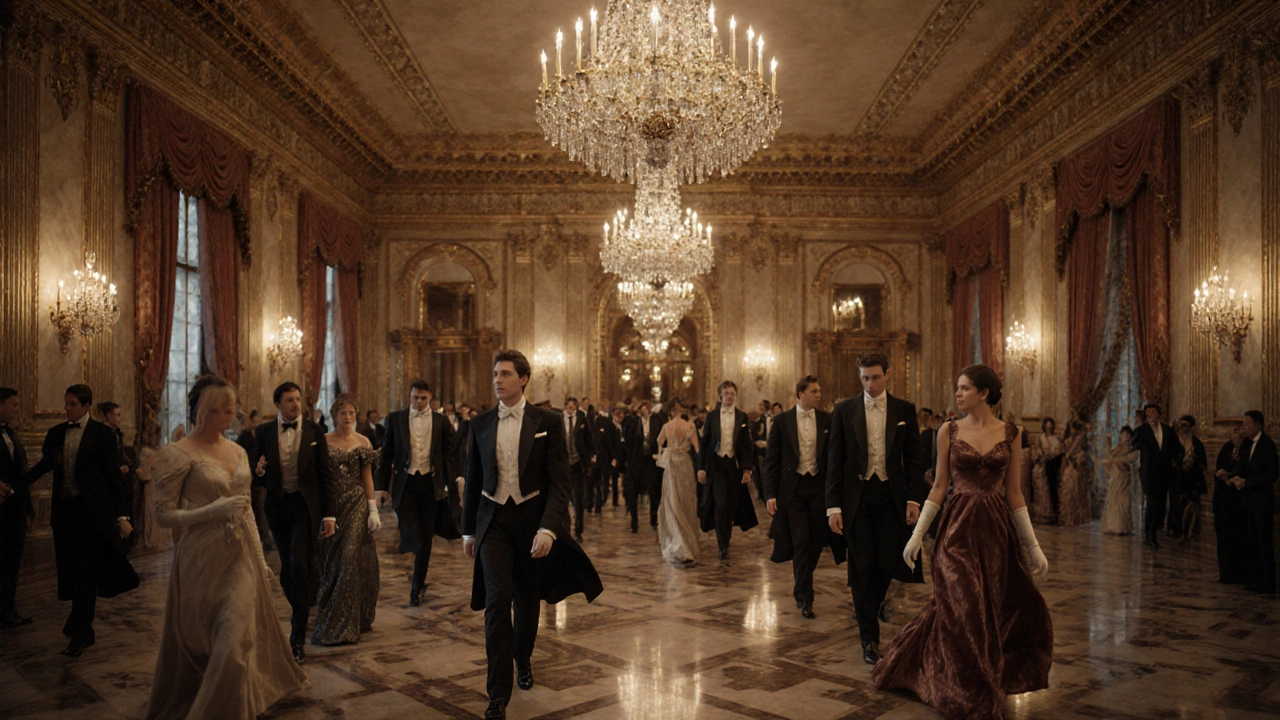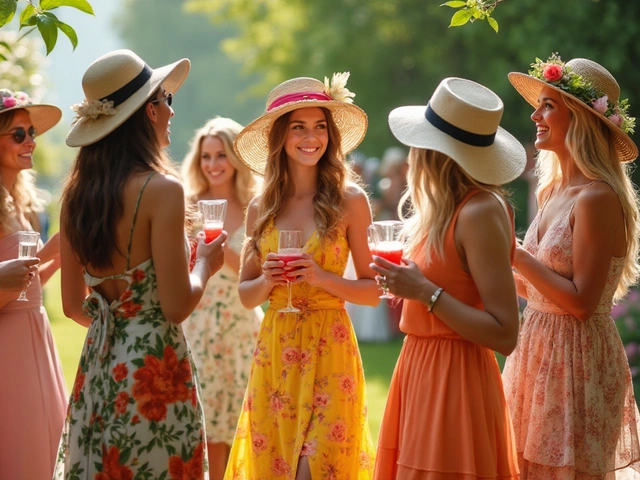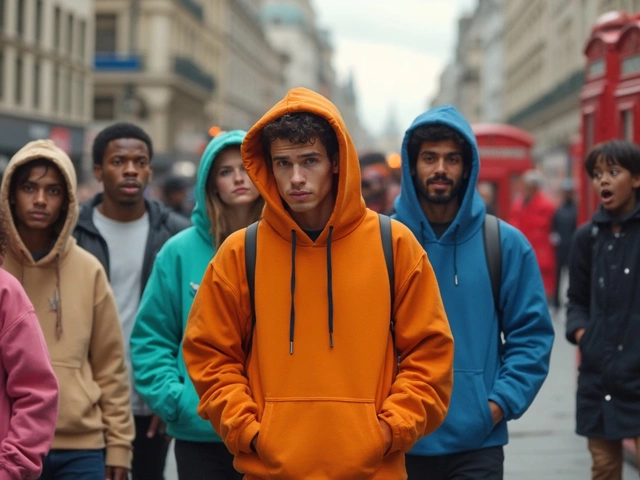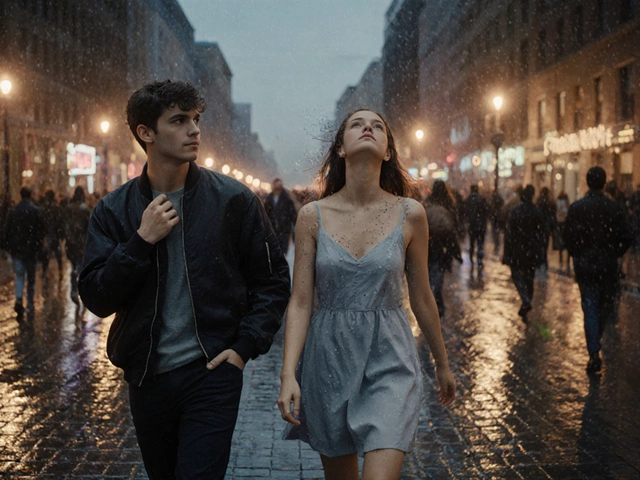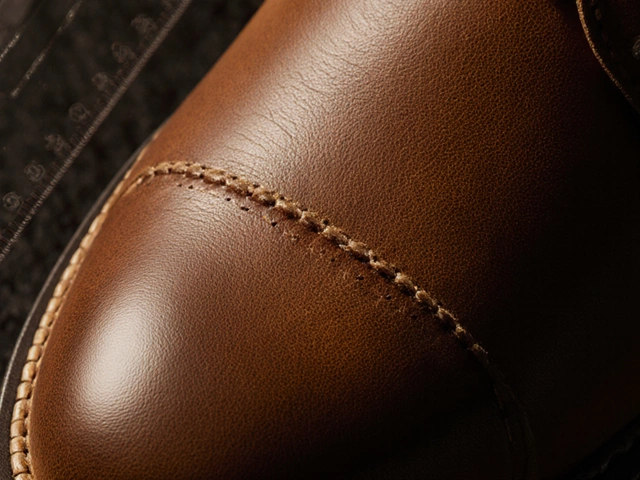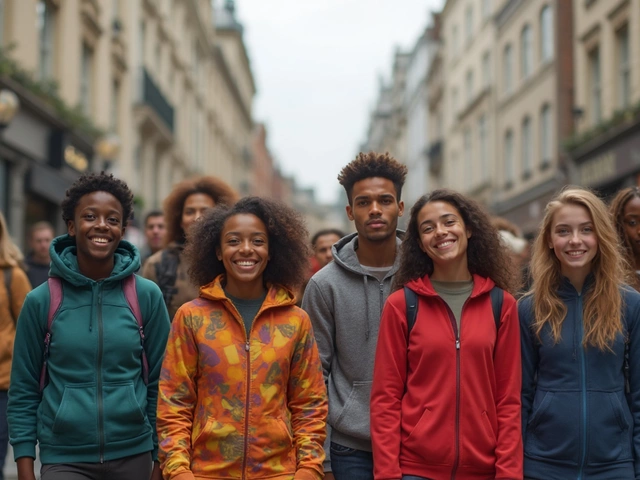What does the most formal evening dress code actually mean?
When you see an invitation that simply says formal evening dress code is the highest level of attire for night events, usually reserved for state functions, galas, or royalty‑level gatherings. In practice it boils down to a handful of well‑defined styles that signal respect for tradition and the host’s expectations. Knowing the differences can save you from a wardrobe misstep and help you feel confident walking into the venue.
White Tie: The pinnacle of formality
White tie is the most formal dress code, originating in 19th‑century European courts. Men wear a black tailcoat (also called a dress coat), a white piqué waistcoat, a white wing‑collared shirt, and a white bow tie. The ensemble is completed with high‑shined black patent leather dress shoes and often a top hat for ultra‑formal occasions. Women typically choose floor‑length evening gowns in luxurious fabrics such as silk or velvet, paired with elegant gloves, fine jewelry, and sometimes a small clutch.
The tailcoat, a key piece in this dress code, features a cut‑away front and a longer back that reaches the knees. It uses the formal silhouette of 1800s gentlemen and signals highest respect for the event’s gravitas.
Black Tie: Modern elegance
Black tie is the contemporary standard for formal nightwear, widely accepted at weddings, charity balls, and upscale restaurants. The core piece is the tuxedo, a black or midnight‑blue jacket with satin lapels, a formal white shirt with a wing or spread collar, a black bow tie, and matching black formal trousers. A low‑cut waistcoat or cummerbund often adds a polished touch. Shoes are typically black patent leather oxfords or formal pumps for women.
Unlike white tie, the tuxedo allows subtle personal flair-think a silk scarf or a pocket square-while still staying within the dress code’s strict boundaries.
Black Tie Optional: A relaxed version
Black tie optional is an invitation to choose between full black‑tie attire or a slightly less formal, yet still dressy, look. Men can opt for a tuxedo or a dark suit with a tie; women may wear a long evening gown or an elegant cocktail dress that falls just above the knee. The key is to keep fabrics refined-think silk, chiffon, or fine wool-while avoiding casual patterns or bright colors.
This dress code bridges the gap between strict formality and modern comfort, giving guests flexibility without compromising the event’s upscale vibe.
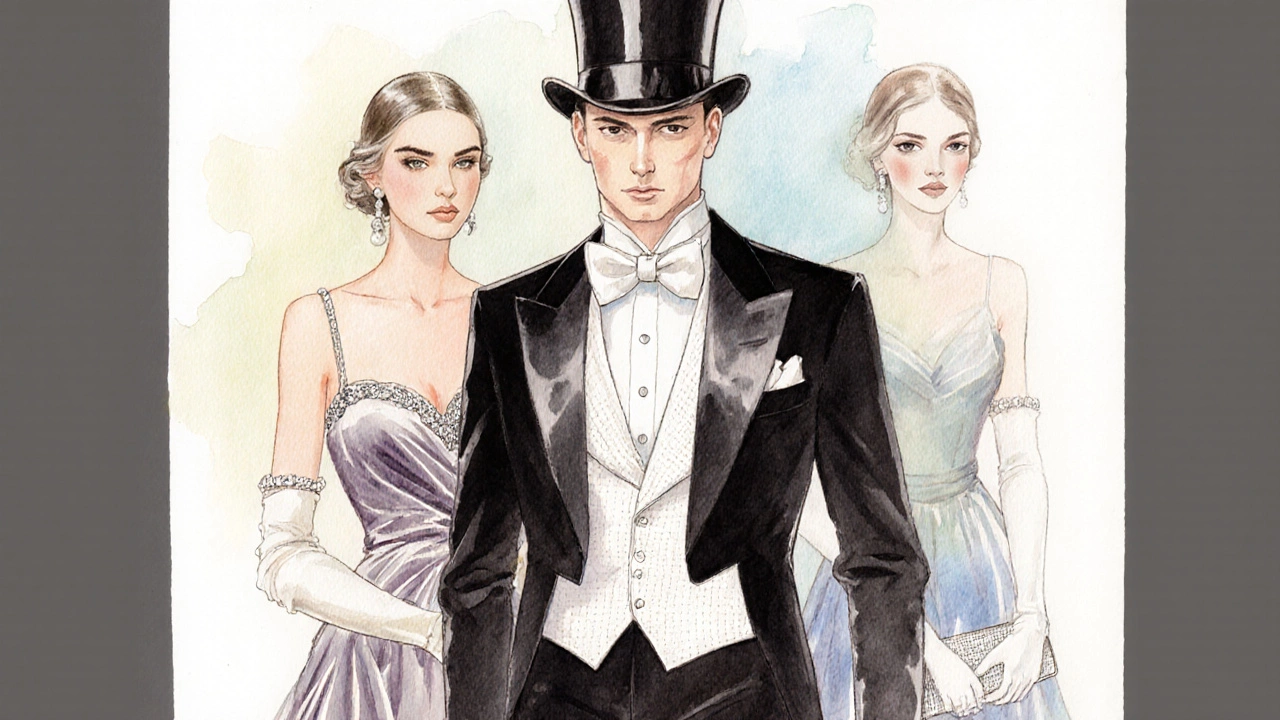
Women’s formal wear: Gowns, dresses, and accessories
At the top tier (white tie), women’s evening gown is a floor‑length dress usually crafted from silk, satin, or velvet, often featuring a modest neckline and subtle embellishments. For black tie, a full‑length gown remains appropriate, but many choose a sophisticated cocktail dress that ends just above the ankle, paired with sleek high heels.
Accessories play a decisive role: crystal or pearl jewelry, an understated clutch, and well‑polished shoes complete the look. In black‑tie‑optional settings, you can add a tasteful wrap or shawl for modesty while still adhering to the dress code’s elegance.
Footwear and finishing touches for each level
Dress shoes are essential for any formal evening attire, ranging from patent leather oxfords for men to stiletto heels for women. For white tie, men wear highly polished black patent leather shoes, while women often choose delicate satin pumps. Black tie permits either patent leather or matte leather shoes, as long as they remain sleek and understated.
Other finishing touches include cufflinks, a pocket square, and a well‑groomed appearance (clean shave or neat beard for men, subtle makeup for women). These details enhance the overall formality without overwhelming the primary outfit.
How to decide what to wear
Start with the invitation: if the wording says “white tie,” you’re expected to follow the full traditional protocol. If it mentions “black tie,” a tuxedo or a dark suit with a bow tie is safe. When the invitation reads “black tie optional,” weigh the venue, time, and your relationship to the host. A safe rule of thumb is to dress one step above the minimum mentioned.
Consider the venue’s history: a historic ballroom often leans toward white tie, whereas a modern hotel ballroom may be comfortable with black tie. Climate matters too-opt for breathable fabrics in summer, heavier fabrics in winter.
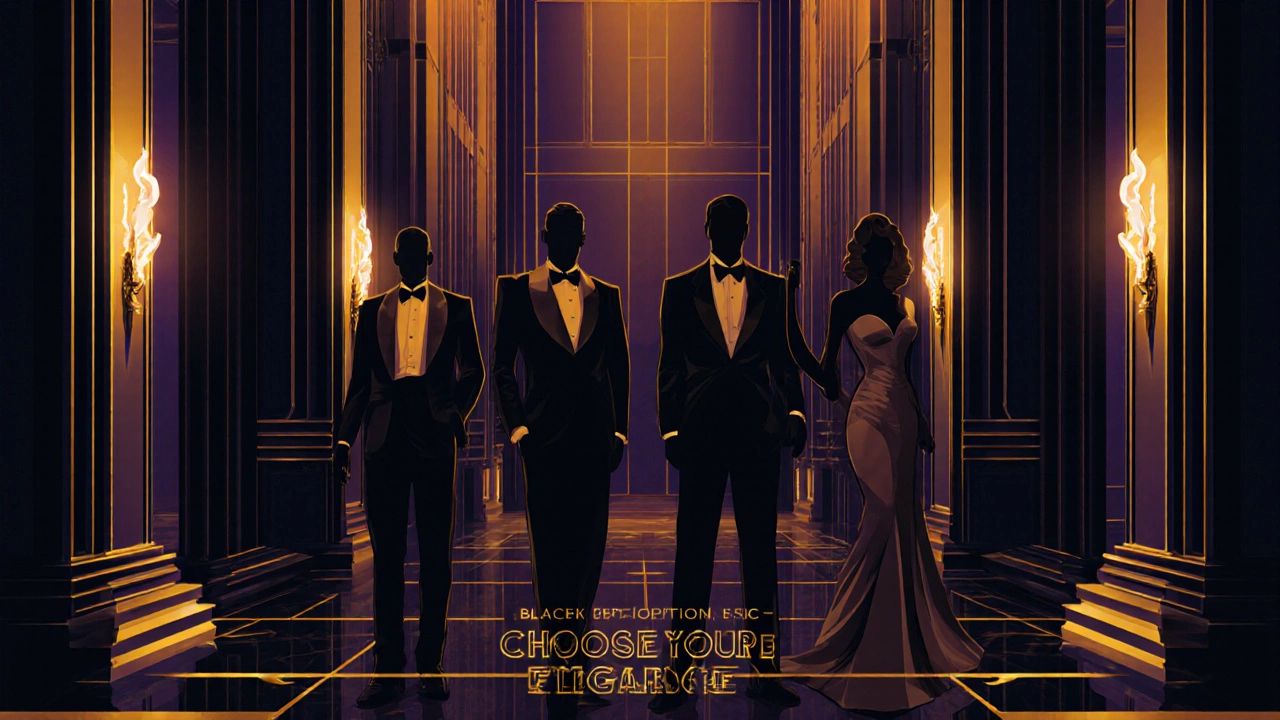
Comparison of formal evening dress codes
| Dress Code | Men’s Core Outfit | Women’s Core Outfit | Footwear | Accessories |
|---|---|---|---|---|
| White Tie | Black tailcoat, white waistcoat, white wing‑collared shirt, white bow tie | Floor‑length evening gown, gloves optional | Black patent leather shoes | White gloves, cufflinks, minimal jewelry |
| Black Tie | Tuxedo with satin lapels, black bow tie, formal white shirt | Long evening gown or elegant cocktail dress | Patent leather oxfords (men), satin pumps (women) | Pocket square, cufflinks, tasteful jewelry |
| Black Tie Optional | Dark suit with tie or tuxedo, optional bow tie | Floor‑length gown or refined cocktail dress | Polished leather shoes (men), heels or dressy flats (women) | Optional tie, modest jewelry, clutch |
Key Takeaways
- White tie is the most formal option and requires a tailcoat, white waistcoat, and floor‑length gown.
- Black tie centers on the tuxedo for men and a long gown or sophisticated cocktail dress for women.
- Black tie optional gives flexibility: a dark suit or tuxedo for men, and either a formal gown or refined cocktail dress for women.
- Footwear must stay polished and understated-patent leather for white tie, sleek black shoes for other levels.
- Read the invitation carefully, consider the venue, and err on the side of a step above the stated dress code.
Frequently Asked Questions
Can I wear a dark suit instead of a tuxedo for a black‑tie event?
Traditionally, a tuxedo is expected for black‑tie, but a well‑tailored dark suit with a black bow tie can be acceptable at more relaxed venues. However, if you’re unsure, stick with the tuxedo to avoid looking under‑dressed.
What colors are allowed for women’s gowns at a white‑tie gala?
Classic colors like black, navy, deep jewel tones, or muted metallics work well. Bright neon shades or casual patterns should be avoided to maintain the event’s regal atmosphere.
Do I need gloves for a white‑tie dinner?
Gloves are optional but traditional, especially for women. If you choose to wear them, go for short white or ivory gloves that reach just past the wrist.
Is it okay to wear a subtle patterned tie with a tuxedo?
For strict black‑tie events, a solid black bow tie is safest. A discreet, low‑contrast pattern can work at black‑tie‑optional gatherings, but keep it understated.
How far in advance should I purchase my formal attire?
Aim for at least three months ahead, especially for custom tailcoats or made‑to‑measure gowns. This gives you time for fittings, alterations, and accessory selection.
